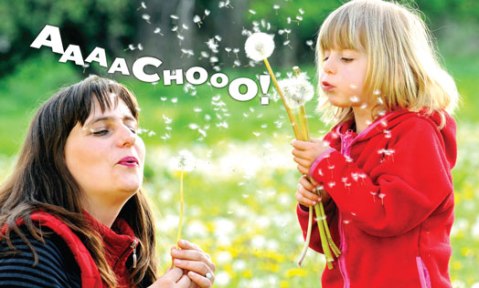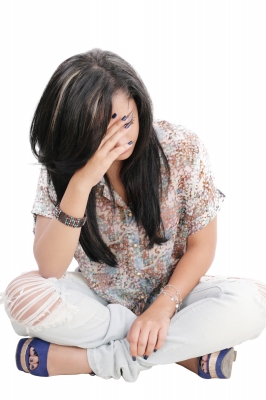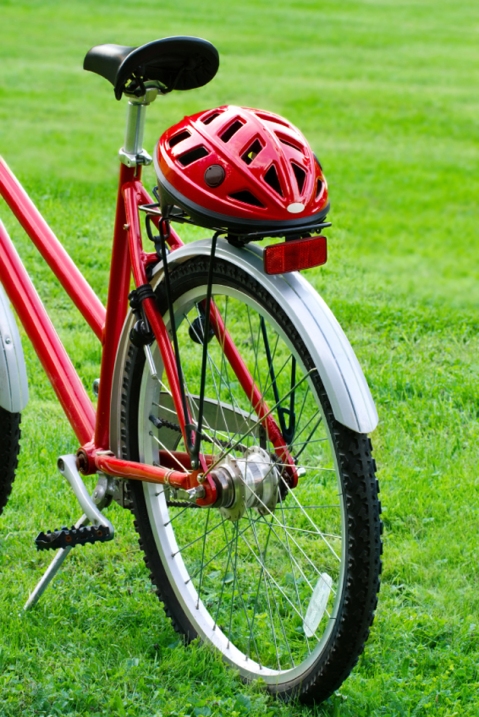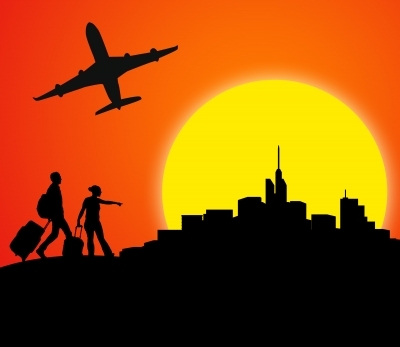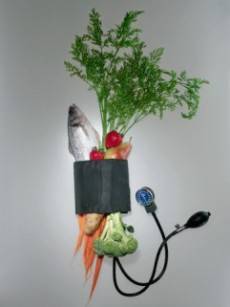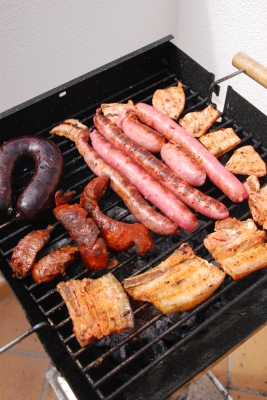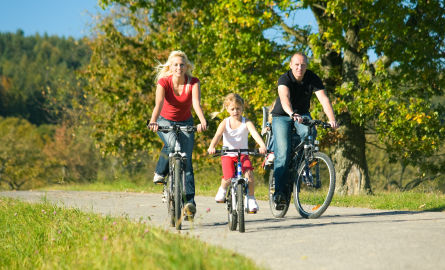Parent Teen Driving Agreement
Parent/Teen Driving Agreement
Provided by: Oakland Companies
I, ____________________________, will drive carefully and cautiously and will be courteous to other drivers, bicyclists, and pedestrians at all times.
I promise that I will obey all the rules of the road.
- Always wear a seat belt and make all my passengers buckle up
- Obey all traffic lights, stop signs, other street signs, and road markings
- Stay within the speed limit and drive safely
- Never use the car to race or to try to impress others
- Never give rides to hitchhikers
I promise that I will make sure I can stay focused on driving.
- Drive with both hands on the wheel
- Never eat, drink, or use a cell phone to talk or text while I drive
- Drive only when I am alert and in emotional control
- Call my parents for a ride home if I am impaired in any way that interferes with my ability to drive safely
- Never use headphones to listen to music on an mp3 player or other electronic device while I drive
I promise that I will respect laws about drugs and alcohol.
- Drive only when I am alcohol and drug free
- Never allow any alcohol or illegal drugs in the car
- Never accept a ride if the driver is not also alcohol and drug free
I promise that I will be a responsible driver.
- Drive only when I have permission to use the car and will not let anyone else drive the car unless I have permission
- Drive someone else’s car only if I have parental permission
- Pay for all traffic citations or parking tickets
- Complete my family responsibilities and maintain good grades at school as listed here: ____________________________________________________
- Contribute to the costs of gasoline, maintenance, and insurance as listed here: ____________________________________________________
Additional Promises:
________________________________________________________
________________________________________________________
I agree to the following restrictions, but understand that these restrictions will be modified by my parents as I get more driving experience and demonstrate that I am a responsible driver.
- For the next _____ months, I will not drive after ________ pm.
- For the next _____ months, I will not transport more than _______ teen passengers (unless I am supervised by a responsible adult).
- For the next _____ months, I won’t adjust the stereo, air conditioning/heater or any electronic devices while the car is moving.
- For the next _____ months, I will not drive in bad weather.
- I understand that I am not permitted to drive to off-limit locations or on roads and highways as listed here: ___________________________________________________
- Additional restrictions: __________________________________________
Penalties for contract violations:
|
No driving for ___ months. |
|
No driving for ___ months. |
|
No driving for ___ weeks/months |
|
No driving for ___ weeks/months |
|
No driving for ___ weeks/months |
|
No driving for ___ weeks/months |
I agree to follow all the rules and restrictions in this contract. I understand that my parents will impose penalties including removal of my driving privileges, if I violate the contract. I also understand that my parents will allow me greater driving privileges as I become more experienced and as I demonstrate that I am always a safe and responsible driver.
Signatures:
Driver: ______________________________________________
Date ________________
Parent promise: I also agree to drive safely and to be an excellent role model.
Parent (or guardian): ___________________________________
Date ________________
Parent (or guardian): ___________________________________
Date ________________
Seasonal Allergies: Spring
Mold growth blooms inside and outside with spring rains. As flowers, trees, weeds and grasses begin to blossom, allergies will follow.
Spring-cleaning activities can stir up dust mites, so be sure to:
- Wash your bedding every week in hot water to help keep pollen under control.
- Wash your hair before going to bed, since pollen can accumulate in your hair.
- Wear a mask and gloves when cleaning, vacuuming or painting to limit dust and chemical inhalation and skin exposure.
- Vacuum twice a week.
- Limit the number of throw rugs in your home to reduce dust and mold.
- Make sure the rugs you do have are washable.
- Change air conditioning and heating air filters often.
For more information on preventing spring allergies from taking over, contact your doctor. For more information regarding your insurance, contact your agent.
Stay Safe as You Pedal
According to kidshealth.org, about 300,000 children go to the emergency room each year because of bicycle injuries, some of which suffer fatal head injuries. So, before you and your family wheel your bikes out of the garage, remember these safety tips to remain safe and injury-free on two wheels.
Bicycle Safety Recommendations
Wearing a helmet is the single-most important piece of equipment you can use when riding a bike. In fact, it is so important that Consumer Product Safety Commission (CPSC), a division of the federal government, devised safety standards for helmets. When purchasing headgear, always make sure that your helmet contains a sticker stating that it meets the requirements of the CPSC.
about 300,000 children go to the emergency room each year because of bicycle injuries, some of which suffer fatal head injuries. So, before you and your family wheel your bikes out of the garage, remember these safety tips to remain safe and injury-free on two wheels.
Other important reminders about helmets include:
- Always wear a helmet even if you are just going for a quick ride down the driveway or block.
- Helmets should be worn so that they cover your forehead with the straps fastened. Adjust the straps so that they are snug enough that you cannot pull or twist the helmet around your head.
- Take care of a helmet by placing it in its proper storage place and not throwing it around when you are not wearing it. Also, if you fall down, get a new helmet, as it may not be as effective after a crash.
- Place reflective stickers on helmets, especially for kids, so that motorists can see them on the road.
Road Rules:
- Keep an eye out for motorists, even if you are on a sidewalk or trail. A car may pull out from a driveway and not be able to see you coming.
- When crossing a busy road, walk your bike through the intersection as opposed to riding it.
- Watch out for common fall spots such as wet leave piles, puddles, storm gates, gravel, curbs and potholes.
- Always keep your hands on the handlebars.
- Stop and look both ways before leaving a driveway or curb.
- Ride on the right side of the street so you are moving in the same direction as motorists.
- Obey traffic laws just like motorists. That means stopping at stop signs and obeying street lights.
- When riding in a group, do so in a single- file line.
Wearing the right gear is important for staying safe.
- Wear brightly colored clothing and place reflective material on your bike so motorists can see you.
- Do not wear loose pants, have long backpack straps or loose shoelaces. These items can get caught in your bike spokes and can cause you to lose control.
- Always wear sneakers when biking.
- Wear riding gloves to get a better grip on the handle bars. Kids may want to wear them too since they look “professional.”
For more information on bicycle safety, go to a bike shop and ask what they recommend. For more information regarding insurance, contact your agent.
Budget-Friendly Vacations
Dreaming of a summer get-away that doesn’t bust your budget? As you plan your trip, consider these money-saving travel tips.
- Comparison shop airport options. Big cities often have multiple airports, or smaller ones nearby. The cheapest option might be worth the drive.
- Pack a single carry-on bag. Many airlines are charging up to $100 for each checked piece of luggage. Plus, if your luggage is lost or delayed, you may have to purchase new items for your vacation.
- Consider vacationing with friends or family. Sharing a rented townhome is often less expensive than staying in a hotel. Check out www.airbnb.com, a vacation rentals service that matches travelers seeking cheaper short-term accommodations with private rental options.
- To save on food, many websites offer deals at certain restaurants, so be sure to research any specials before you hit the road. Or, rent accommodation with a kitchen so you can cook “at home.”
- Convert to foreign currency before you leave. Many airport currency exchanges and foreign ATMs often charge hefty fees, so it is best to change your money at a bank before you leave.
- Staycation instead. The best way to save money might be to take a few days off to explore your city or one nearby. You might be surprised to discover that you don’t have to travel far or spend a lot of money to feel like you got away from it all. Go to michigan.org to explore some places of interest in the Great Lakes State.
For more information regarding travel accommodations or places-of-interest, contact your travel agent. For more information regarding insurance, contact your agent.
High Blood Pressure
Each time the heart beats, it pumps out blood into the arteries. Blood pressure is highest when the heart beats (called systolic pressure) and lowest when at rest (diastolic pressure). This is why blood pressure is always given as two numbers, such as 120/80, which is considered the normal range. Once the level reaches 140/90 or above, it is considered high blood pressure. With this condition, the heart and arteries work harder, and the chances of a stroke, heart attack or kidney problems are greater.
Causes and Risk Factors
No single specific cause has been identified in people with high blood pressure, but research is ongoing. In some people, it is the result of another medical problem or medication. When the cause is known, this is called secondary high blood pressure. Research has shown that the following factors put one more at risk for high blood pressure:
- Obesity
- Being African-American
- If male, being over age 45; if female, being over age 55
- A family history
- Having prehypertension (blood pressure in the 120-139/80-89 range)
- Excessive salt and/or alcohol consumption
- Not enough potassium in the diet
- Being physically inactive
- Having ongoing stress
- Smoking
- If female, taking certain oral contraceptives
Symptoms
Those with high blood pressure may have it for years without knowing, due to its lack of symptoms. The only way to find out is to have routine blood pressure checks during every visit to the doctor.
The Importance of Treatment
The first and best course of action when high blood pressure is discovered is to change eating and exercise habits. However, sometimes even when a person makes healthy changes, blood pressure remains high. In that case, a physician will most likely prescribe a blood pressure medication. If left untreated, high blood pressure can cause:
- Enlarging of the heart, which leads to heart failure
- Aneurysms in the arteries of the heart, brain, legs, intestines or spleen
- Narrowing of the blood vessels in the kidney, leading to kidney failure
- Hardening of the arteries, which can cause a heart attack, stroke or kidney failure
- Blood vessels bursting in the eyes
Prevention
High blood pressure can easily be prevented. Some of the best ways to avoid the condition include:
- Limiting salt, fats and alcohol
- Eating healthy foods such as fruits, vegetables, whole grains and low-fat dairy products
- Maintaining a healthy weight
- Being physically active
- Quitting smoking
Did You Know..?
Those with high blood pressure often exhibit few or no symptoms, which is why the condition is frequently referred to as the “silent killer.” For more information on controlling blood pressure, contact your physician. For more information regarding life insurance, contact your agent.
Food Safety Tips for Grilling
Grilling season is around the corner! When planning your next outdoor menu, one item you’ll definitely want to leave off the plate is foodborne illness—here’s how:
- Wash everything – Before and after cooking, wash all indoor and outdoor surfaces that will come into contact with food. Be especially careful to wash everything that comes into contact with raw meat or poultry and wash your hands often to prevent contamination.
- Marinate safely – If you plan on marinating raw meat, do so in a covered container in a refrigerator, not on the counter. This decreases the risk of bacteria.
- Keep everything covered – Cover all food with tin foil while outside. This keeps insects or bacteria from landing on and contaminating your food.
- Keep hot foods hot – Grilled food that is finished cooking can be kept hot until serving by moving it to the side of the grill rack. This keeps the food from overcooking and prevents bacteria from forming.
For more information on food safety tips for your health or questions regarding your life insurance, contact your agent.
Outdoor Exercise
Ready to move your exercise routine outdoors? As the temperature climbs, so does your risk of suffering from a heat-related illness. Review the list below to stay safe as the mercury rises:
- Stay hydrated by drinking plenty of water the day before, the day of, and after your workout.
- Avoid exercising between 10 a.m. and 4 p.m., the hottest period of the day.
- Wear a hat and sunglasses to reduce exposure to the sun.
- Be aware of the symptoms of a heat-related illness and take immediate precautions if you begin to feel faint, dizzy, nauseated, are sweating heavily, or experiencing a weak or rapid heartbeat.
DID YOU KNOW
Without taking the necessary precautions, exercising in high temperatures can lead to:
- Heat cramps
- Heat exhaustion
- Heatstroke
For more information on exercise tips, contact your physician. For more information regarding life insurance, contact your agent.

